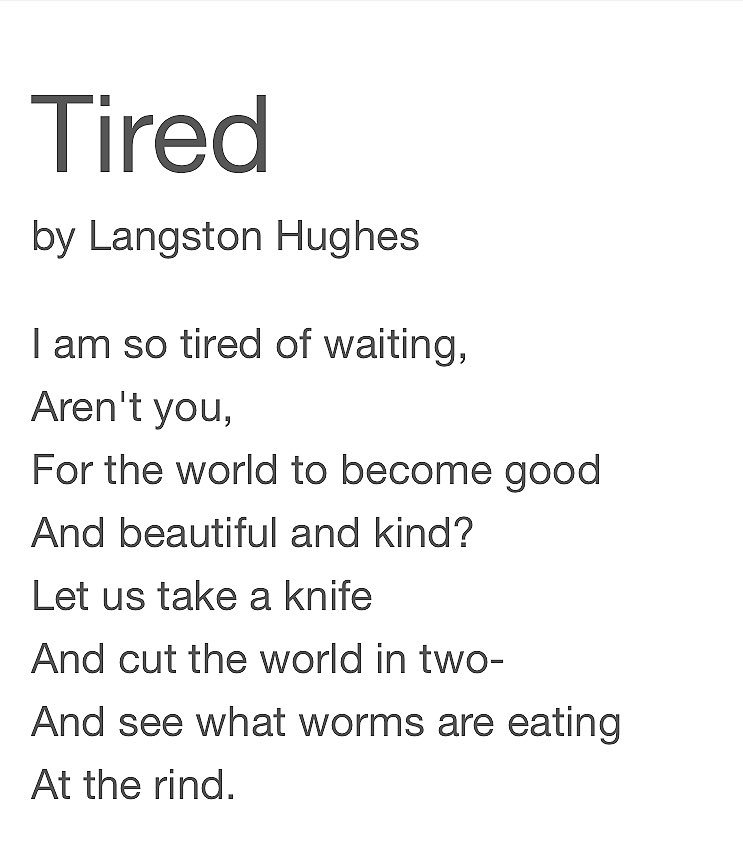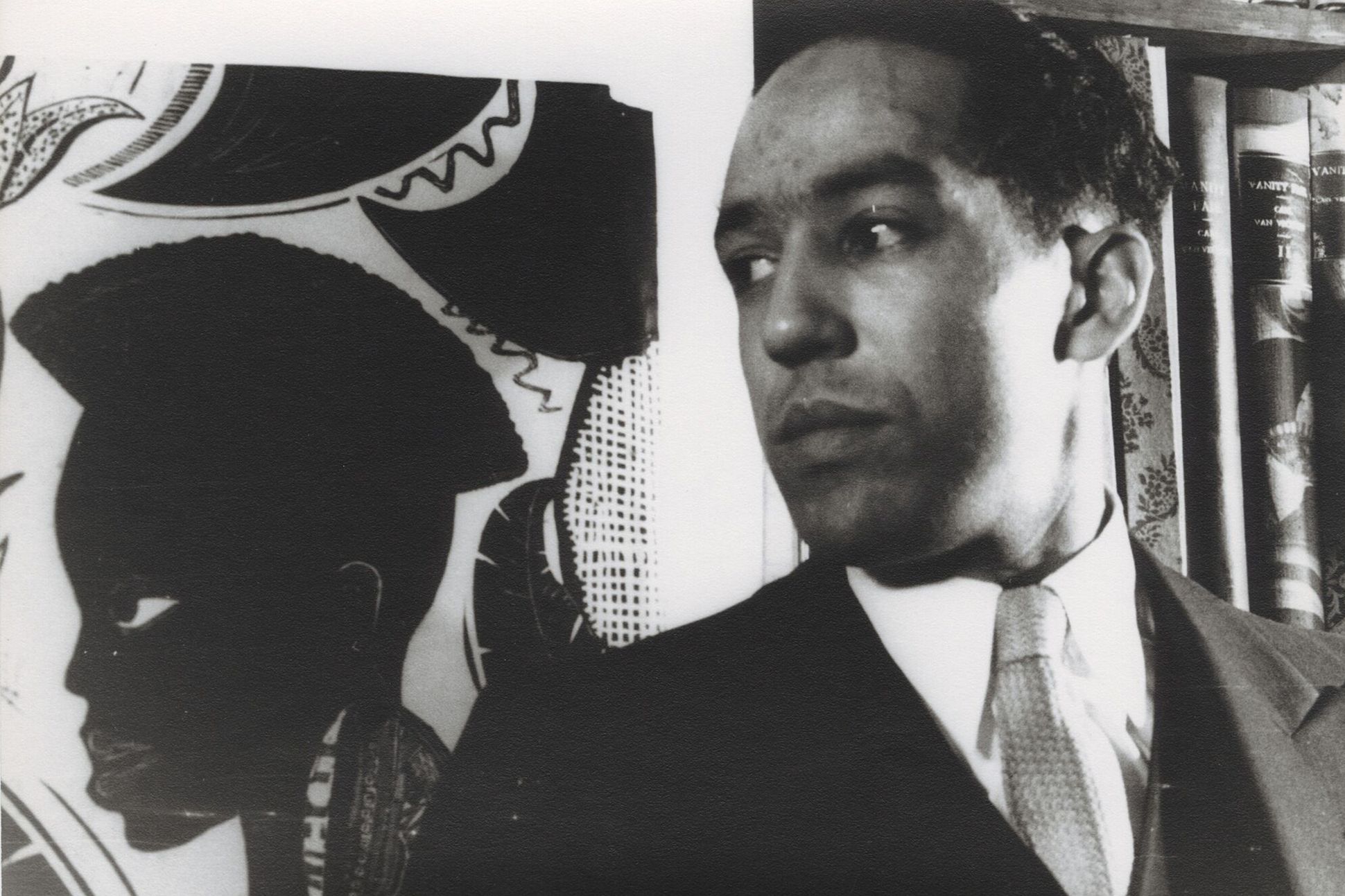Blog
NASA’s James Webb Space Telescope’s NIRCam (Near-Infrared Camera) image of the galaxy cluster PLCK G165.7+67.0, also known as G165. A foreground cluster, located 3.6 billion light-years away from Earth, is magnifying and bending the light of the distant universe beyond. In this image, astronomers discovered the light of an exploding star — more specifically, a Type Ia supernova — imaged three times, seen as points of light within the prominent red arc at the right-center of the image.
To achieve three images, the light traveled along three different paths. Since each path had a different length, and light traveled at the same speed, the supernova was imaged in this Webb observation at three different times during its explosion. The multiply-imaged supernova offers astronomers a unique way to calculate a new value for the Hubble constant — the rate at which the universe is accelerating.
The field of G165 is known for a high rate of star formation of more than 300 solar masses per year, an attribute that correlates with higher supernova rates.

more...
Laurens Hammond (January 11, 1895 – July 1, 1973 Evanston, IL) was an American engineer and inventor. His inventions include the Hammond organ, the Hammond clock, and the world’s first polyphonic musical synthesizer, the Novachord.
more...Lee Mack Ritenour (born January 11, 1952 LA,CA) is an American jazz guitarist who has been active since the late 1960s.
Ritenour’s solo career began with the album First Course (1976), a good example of the jazz-funk sound of the 1970s, followed by Captain Fingers, The Captain’s Journey(1978), and Feel the Night (1979).
In 1979, he “was brought in to beef up” one of Pink Floyd’s The Wall‘s heaviest rock numbers, “Run Like Hell“. He played “uncredited rhythm guitar” on “One of My Turns“. As the 1980s began, Ritenour began to add stronger elements of pop to his music, beginning with Rit (1981). Rit became his only release to chart in Australia, peaking at number 98. “Is It You” with vocals by Eric Tagg reached No. 15 on the Billboard pop chart and No. 27 on the Soul chart.The track peaked at number fifteen on Hot Adult Contemporary chart. He continued with the pop-oriented music for Rit/2 (1982) and Banded Together (1984), while releasing a Direct-Disk instrumental album in 1983 called On the Line. He also provided rhythm guitar on Tom Browne‘s album Funkin’ for Jamaica. He recorded Harlequin (1985) with Dave Grusin and vocals by Ivan Lins. His next album, Earth Run, was nominated for a Grammy Award for Best Jazz Fusion Performance. The album’s title track was also Grammy nominated in the category of Best Instrumental Composition. Portrait (GRP, 1987) included guest performances by the Yellowjackets, Djavan, and Kenny G.
In 1988, his Brazilian influence came to the forefront on Festival, an album featuring his work on nylon-string guitar. He changed direction with his straight-ahead jazz album Stolen Momentswhich he recorded with saxophonist Ernie Watts, pianist Alan Broadbent, bassist John Patitucci, and drummer Harvey Mason. During the same year, he composed the theme song for the Canadian TV series Ramona.
more...Slim Harpo (born Isiah Moore or James Isaac Moore; February 11, 1924 – January 31, 1970 Lobdell, LA) was an American blues musician, a leading exponent of the swamp bluesstyle, and “one of the most commercially successful blues artists of his day”. He played guitar and was a master of the blues harmonica, known in blues circles as a “harp”. His most successful and influential recordings included “I’m a King Bee” (1957), “Rainin’ in My Heart” (1961), and “Baby Scratch My Back” (1966), which reached number one on Billboard‘s R&B chart and number 16 on its broader Hot 100 singles chart.
more...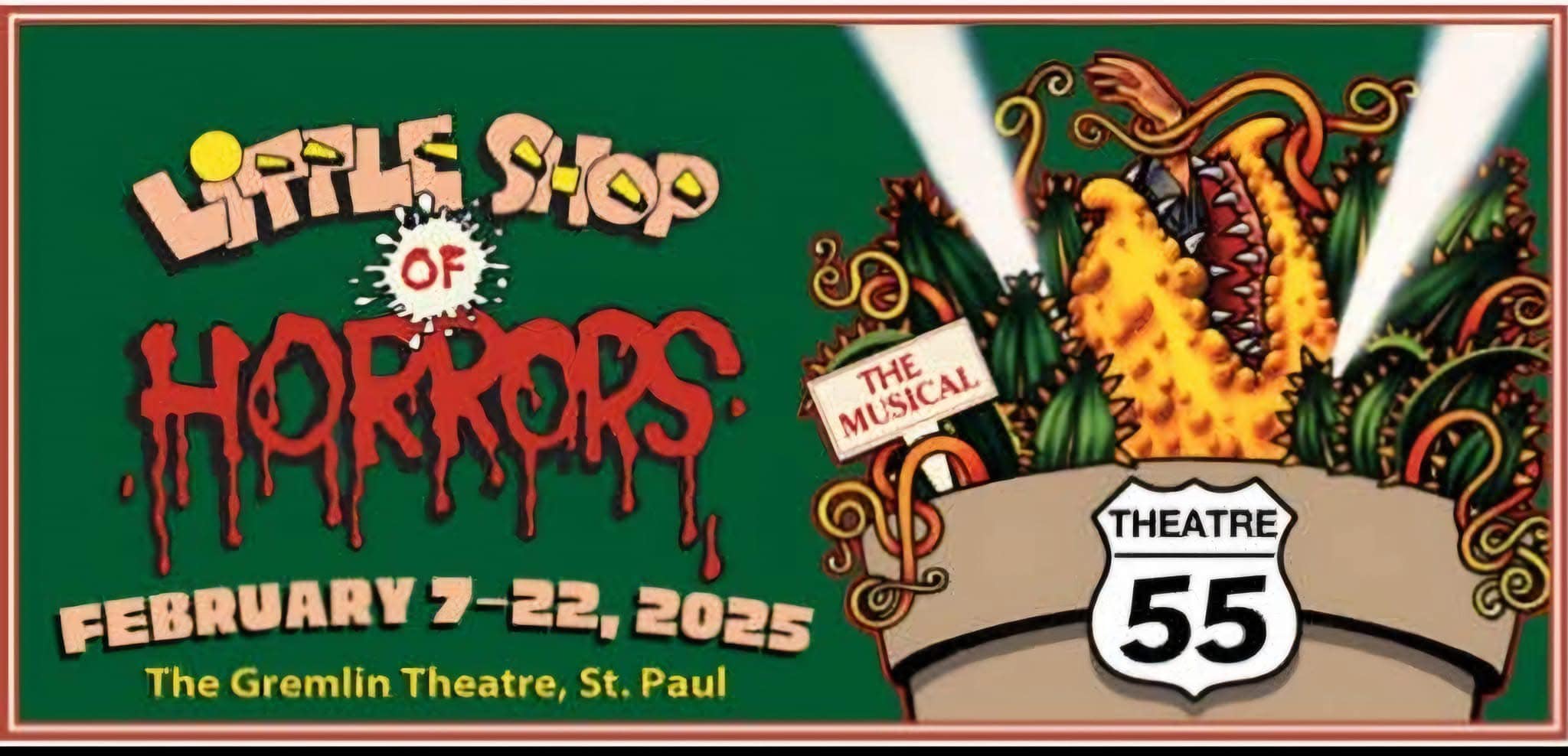
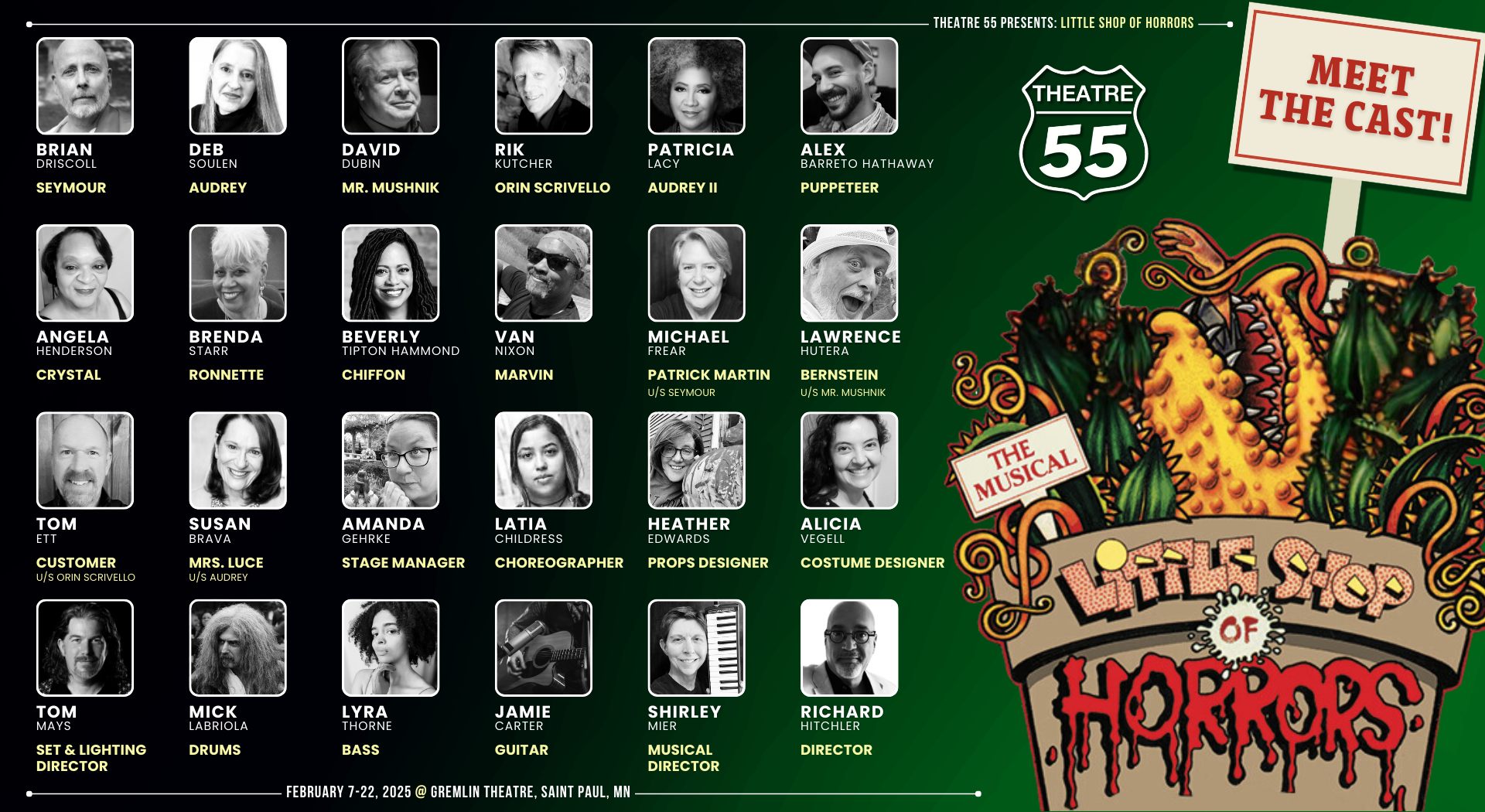
Aynsley Thomas Dunbar (born 10 January 1946) is an English drummer. He has worked with John Mayall, Frank Zappa, Jeff Beck, Journey, Jefferson Starship, Nils Lofgren, Eric Burdon, Shuggie Otis, Ian Hunter, Lou Reed, David Bowie, Mick Ronson, Whitesnake, Pat Travers, Sammy Hagar, Michael Schenker, UFO, Michael Chapman, Jake E. Lee, Leslie West, Kathi McDonald, Keith Emerson, Mike Onesko, Herbie Mannand Flo & Eddie. Dunbar was inducted into the Rock and Roll Hall of Fame as a member of Journey in 2017.
more...Friday January 10th 2025 6pm. Music with Inbal Sharett-Singer, Jayson Rodovsky, Jeff Bailey, Pete Whitman and mick LaBriola.
more...An unassuming region in the constellation Taurus holds these dark and dusty nebulae. Scattered through the scene, stars in multiple star systems are forming within their natal Taurus molecular cloud complex some 450 light-years away. Millions of years youngand still going through stellar adolescence, the stars are variable in brightness and in the late phases of their gravitational collapse. Known as T-Tauri class stars they tend to be faint and take on a yellowish hue in the image. One of the brightest T-Tauri stars in Taurus, V773 (aka HD283447) is near the center of the telescopic frame that spans over 1 degree. Toward the top is the dense, dark marking on the sky cataloged as Barnard 209.
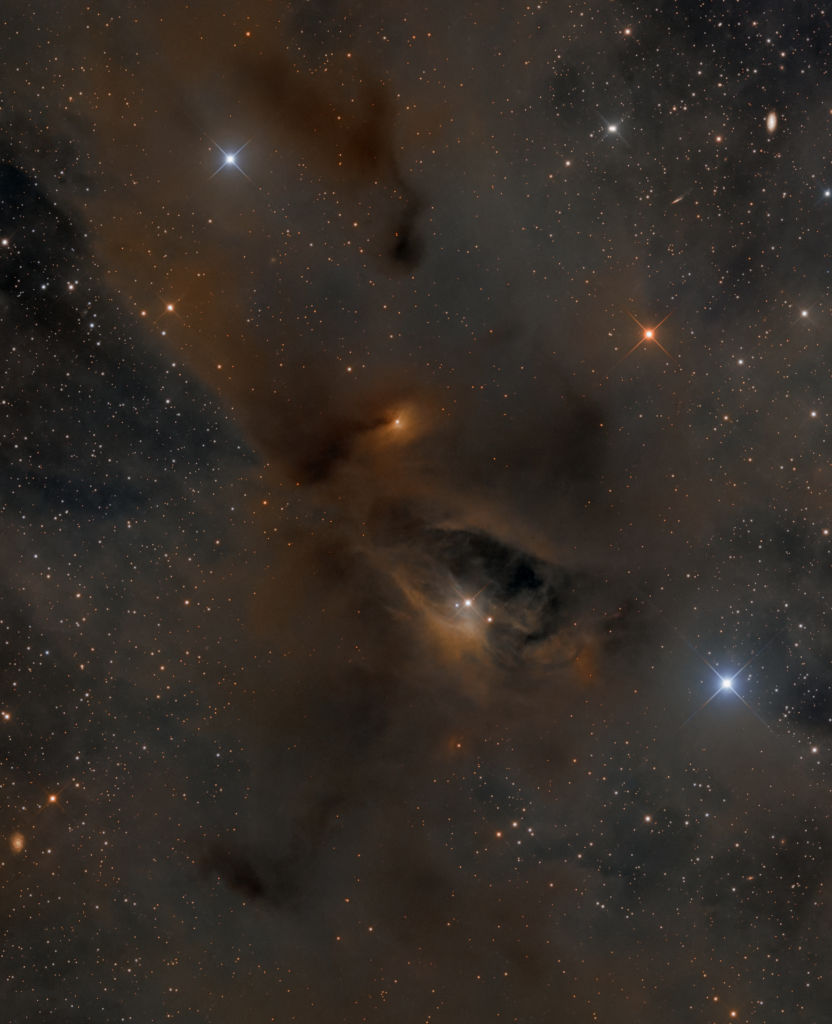
more...
Sir Roderick David Stewart (born 10 January 1945) is a British rock and pop singer and songwriter. Known for his distinctive raspy singing voice, Stewart is among the best-selling music artists of all time, having sold more than 120 million records worldwide. His music career began in 1962 when he took up busking with a harmonica. In 1963, he joined the Dimensions as a harmonica player and vocalist. In 1964, Stewart joined Long John Baldry and the All Stars before moving to the Jeff Beck Group in 1967. Joining Faces in 1969, he also launched a solo career, releasing his debut album, An Old Raincoat Won’t Ever Let You Down, that year. Stewart’s early albums were a fusion of rock, folk music, soul music, and R&B. His third album, 1971’s Every Picture Tells a Story, was his breakthrough, topping the charts in the UK, US, Canada and Australia, as did its ballad “Maggie May“. His 1972 follow-up album, Never a Dull Moment, also reached number one in the UK and Australia, while going top three in the US and Canada. Its single, “You Wear It Well“, topped the chart in the UK and was a moderate hit elsewhere.
After Stewart had a handful more UK top-ten hits, Faces broke up in 1975. Stewart’s next few hit singles were ballads, with “Sailing“, off the 1975 UK and Australian number-one album, Atlantic Crossing, becoming a hit in the UK and the Netherlands (number one), Germany (number four) and other countries, but barely charting in North America. A Night on the Town (1976), his fifth straight chart-topper in the UK, began a three-album run of going number one or top three in the US, Canada, the UK and Australia with each release. That album’s “Tonight’s the Night (Gonna Be Alright)” spent almost two months at number one in the US and Canada, and made the top five in other countries. Foot Loose & Fancy Free (1977) contained the hit “You’re in My Heart (The Final Acclaim)” as well as the rocker “Hot Legs”. Blondes Have More Fun (1978) and its disco-tinged “Da Ya Think I’m Sexy” both went to number one in Canada, Australia and the US, with “Da Ya Think I’m Sexy” also hitting number one in the UK and the top ten in other countries. Stewart’s albums regularly hit the upper rungs of the charts in the Netherlands throughout the ’70s and in Sweden from 1975 onward.
After a disco and new wave period in the late 1970s and early 1980s, Stewart’s music turned to a soft rock/middle-of-the-road style, with most of his albums reaching the top ten in the UK, Germany and Sweden, but faring less well in the US. The single “Rhythm of My Heart” was a top five hit in the UK, US and other countries, with its source album, 1991’s Vagabond Heart, becoming, at number ten in the US and number two in the UK, his highest-charting album in a decade. In 1993, he collaborated with Bryan Adams and Sting on the power ballad “All for Love“, which went to number one in many countries. In the early 2000s, he released a series of successful albums interpreting the Great American Songbook.
In 2008, Billboard magazine ranked Stewart the 17th most successful artist on the “Billboard Hot 100 All-Time Top Artists”.[7] A Grammy and Brit Award recipient, he was voted at No. 33 in Q Magazine‘s list of the Top 100 Greatest Singers of all time.[8] As a solo artist, Stewart was inducted into the US Rock and Roll Hall of Fame in 1994, the UK Music Hall of Fame in 2006, and he was inducted a second time into the Rock and Roll Hall of Fame in 2012 as a member of Faces.[9][10] He has had 10 number-one albums and 31 top-ten singles in the UK, six of which reached number one. Stewart has had 16 top-ten singles in the US, with four reaching number one on the Billboard Hot 100. He was knighted in the 2016 Birthday Honours for services to music and charity.
more...James Joseph Croce (January 10, 1943 – September 20, 1973 Philadelphia ) was an American folk and rock singer-songwriter. Between 1966 and 1973, he released five studio albums and numerous singles. During this period, Croce took a series of odd jobs to pay bills while he continued to write, record and perform concerts. After Croce formed a partnership with the songwriter and guitarist Maury Muehleisen in the early 1970s, his fortunes turned. Croce’s breakthrough came in 1972, when his third album, You Don’t Mess Around with Jim, produced three charting singles, including “Time in a Bottle“, which reached No. 1 after Croce died. The follow-up album Life and Times included the song “Bad, Bad Leroy Brown“, Croce’s only No. 1 hit during his lifetime.
On September 20, 1973, at the height of his popularity and the day before the lead single to his fifth album, I Got a Name, was released, Croce, Muehleisen, and four others died in a plane crash. His music continued to chart throughout the 1970s following his death. Croce’s widow and early songwriting partner, Ingrid, continued to write and record after his death. Their son, A. J. Croce, became a singer-songwriter in the 1990s.
more...Mike Stern (born January 10, 1953 Boston) is an American jazz guitarist. After playing with Blood, Sweat & Tears, he worked with drummer Billy Cobham, then with trumpeter Miles Davis from 1981 to 1983 and again in 1985. He then began a solo career, releasing more than twenty albums.
Stern was named Best Jazz Guitarist of 1993 by Guitar Player magazine. At the Festival International de Jazz de Montréal in June 2007, he was given the Miles Davis Award, which was created to recognize internationally acclaimed jazz artists whose work has contributed significantly to the renewal of the genre. In 2009 Stern was listed on Down Beat‘s list of 75 best jazz guitarists of all time. He received Guitar Player magazine’s Certified Legend Award on January 21, 2012.
more...Maxwell Lemuel Roach (January 10, 1924– August 16, 2007 Newland Township, NC) was an American jazzdrummer and composer. A pioneer of bebop, he worked in many other styles of music, and is generally considered one of the most important drummers in history. He worked with many famous jazz musicians, including Clifford Brown, Coleman Hawkins, Dizzy Gillespie, Charlie Parker, Miles Davis, Duke Ellington, Thelonious Monk, Abbey Lincoln, Dinah Washington, Charles Mingus, Billy Eckstine, Stan Getz, Sonny Rollins, Eric Dolphy, and Booker Little. He also played with his daughter Maxine Roach, a Grammy nominated violist. He was inducted into the DownBeat Hall of Fame in 1980 and the Modern Drummer Hall of Fame in 1992.
In the mid-1950s, Roach co-led a pioneering quintet along with trumpeter Clifford Brown. In 1970, he founded the percussion ensemble M’Boom.
more...The flamenco Taranto is different from the toque libre Tarantas palo, with a strong rhythmic feel structured in a compás of 4s (2/4 or 4/4 time), making it more danceable. The key signature and basic chord structure is the same as Tarantas (two sharps), so their harmonic relationship is clear and distinct. The flamenco Tarantas is a quintessential Toque libre, with very lofty, repetitive ligadophrases (hammer ons/pull offs). Tarrantas have a characteristic technique called arrastre, in which the right hand ring finger (a) drags from the high to the low strings in a quick successive manner (similar to an upstroke but a bit slower and disconnected). Tarantas are commonly notated with no measure bar lines to indicate the free manner in which in should be played. The flameno Tarantas originated in the province of Almería, in the eastern region of Andalusia. Tarantas are sung and played, but not danced. Along with the toque libre and arrastre Tarantas characteristics, Tarantas are also played in the specific mode of F# Phyrgian, with a typical chord structure of B minor, A7, G major, F# major. Open treble strings over these chords is another unique Tarantas quality.
more...More Posts
- Melba Liston Day
- Joe Pass Day
- Danny Barker Day
- World Music with Nelia Safaie
- Daily Roots with the Viceroys
- The Cosmos with NGC 6726/6727 & IC 4812
- George Duke Day
- Ronald Shannon Jackson Day
- Jay McShann Day
- Mississippi Fred McDowell Day
- World Music with Nawang Khechog
- Daily Roots with Prince Fatty & Horseman
- Dan Polnau Memorial
- Neil Peart Passing
- The Cosmos with NGC 2903
- Lee Ritenour Day
- Wilton ‘Bogey’ Gaynair Day
- Slim Harpo Day
- World Music with Djénéba & Fousco
- Daily Roots with Prince Fatty and Sugar Minott



